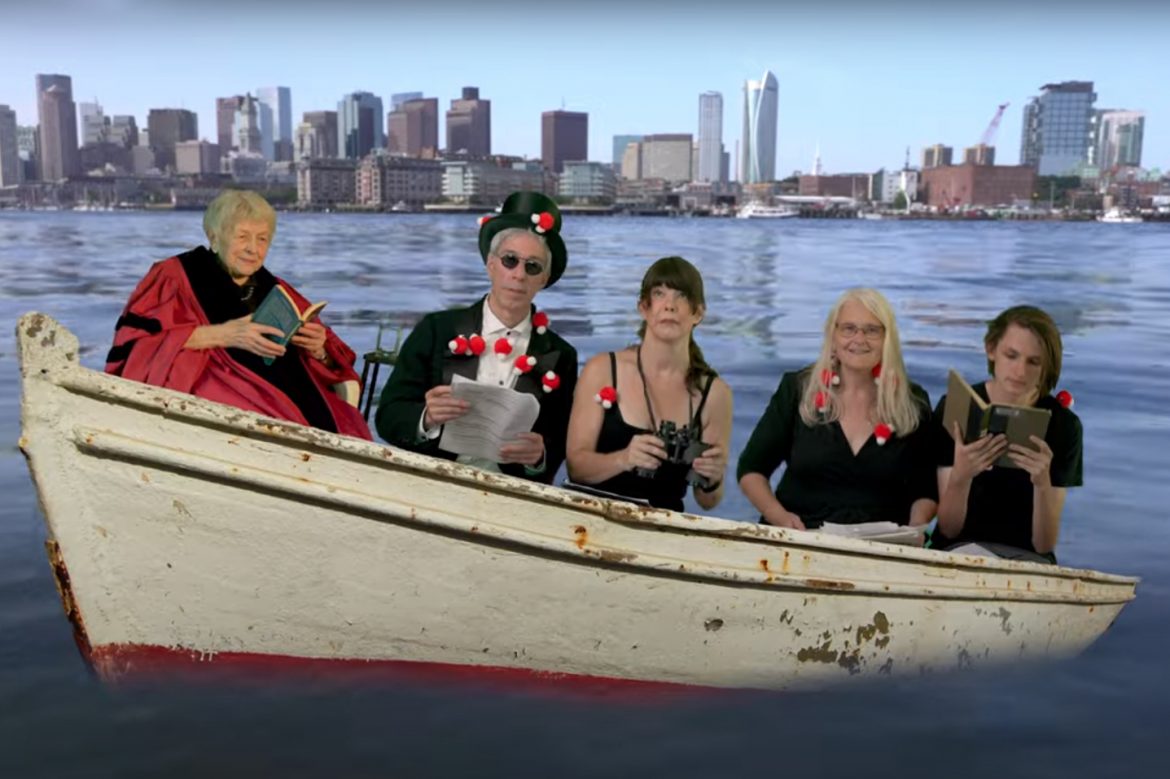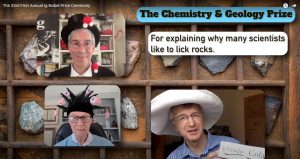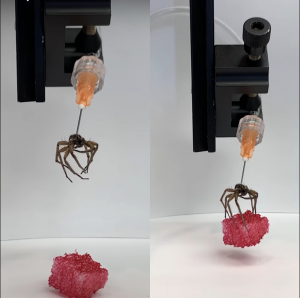
Geologists Licking Stones, Speaking Backwards, Bored in Class
Do you have a nose for science? Did you ever wonder how much hair you have in your nose though? Or if you have the same amount of hair in each nostril? Well, someone did. And they got prized for it.
While the time of Nobel Prizes approach, let’s not forget about the fun side of science. The Ig Nobel Prizes are given every year around this time, to scientific studies that first make you laugh, but then make you think. (And yes, if you have ever seen a geologist lick a stone, you will also learn why they do it.)
The 33rd First Annual Ig Nobel Prize ceremony was webcast on September 14, 2023. Among the Nobel laureates who traditionally attend the ceremony every year, this year’s attendees included Ardem Patapoutian, the co-winner of The Nobel Prize in Physiology or Medicine 2021, and Barry Sharpless, two times co-winner of The Nobel Prize in Chemistry (in 2021 and 2022). This year’s ceremony theme was “water” and of course, paper airplanes were thrown in the air by many viewers around the world.
The organisers are also introducing a new, additional face-to-face event this year. One month after the actual ceremony, on November 11, 2023. The new Ig Nobel Prize winners and other researchers will gather to ask each other questions in the new MIT Museum in Cambridge.
Without further ado, here are the winners and their amusingly brilliant studies!
Medicine: Christine Pham, Kiana Hashemi, Tiana Mamaghani, Natasha Mesinkovska and their friends for their extraordinary efforts to figure out whether there is an equal number of hairs in each of a person’s two nostrils. The team used cadavers for this study and figured out that the numbers differ for everyone. However, on average, they counted around 120 nose hairs in the left nostrils and 112 in the right.
Chemistry and Geology: Polish scientist Jan Zalasiewicz, for explaining why many scientists like to lick rocks in his work titled “Eating Fossils”. Apparently, 18th-century geologists used to lick the rocks to identify them from the taste, and this behaviour continued as a sort of tradition. But as we now technological tools, contemporary researchers have largely lost this ability. Additionally, wetting the surface allows fossil and mineral textures to stand out sharply, so licking them might probably served for that purpose too.

Literature: Chris Moulin, Akira O’Connor and their friends for studying explaining the phenomenon called “jamais vu” as the opposite of déjà vu. This is described as a phenomenon by which something very familiar suddenly becomes unfamiliar, or seems strange. For example, a very common word may suddenly feel like we wrote it for the first time, or the pedals in the car suddenly feel unfamiliar and you need to stop driving. It is also the sensation people get when they repeat a single word many (many and many) times.
Psychology: Stanley Milgram, Leonard Bickman, and Lawrence Berkowitz for experiments on a city street to see how many passers-by stop to look upward when they see strangers looking upward. Would you do it? Test yourself. Their results indicate that in bigger crowds, more individuals look up.

Mechanical Engineering: Te Faye Yap, Daniel Preston and their friends for the study on re-animating dead spiders to use as mechanical gripping tools. They even coiled a term for this type of new technology: Necrobotics. The researchers looked into the option of using dead arachnids and other freely available, biotic materials as robotic components. This could bypass the frequent failure of mechanical moving parts, and reduce electronic waste -a growing concern in robotics.
Public Health: Seung-min Park for inventing the Stanford Toilet, a device that uses a variety of technologies. This “smart” toilet operates autonomously and uses pressure and motion sensors to scrutinize biological wastes. It performs biochemical tests on urine and stool samples, then stores
Communication: María José Torres-Prioris, Adolfo García and their many friends for studying the mental activities of people who are expert at speaking backward. The award-winners also accepted their prize with a backward speech. Ton yhw esuaceb?
Nutrition: Homei Miyashita and Hiromi Nakamura for experiments to determine how electrified chopsticks and drinking straws can change the taste of food. Researchers argued that the electric taste is a sensation you get when your tongue is stimulated with electric current, and have used this phenomenon to convey information that humans cannot perceive with their tongue.
Physics: Bieito Fernández Castro, Miguel Gilcoto, Beatriz Mouriño-Carballido and their friends for measuring the amount of ocean-water mixing as a result of the sexual activity of anchovies.
Education:Katy Tam, Wijnand van Tilburg and Christian Chan, for methodically studying the boredom of teachers and students. They found that if students think their teacher is bored while teaching, they tend to feel more bored.
REFERENCES
- 1. https://improbable.com/
- 2. https://phys.org/news/2023-09-dead-spider-claws-anal-print-toilets.html
